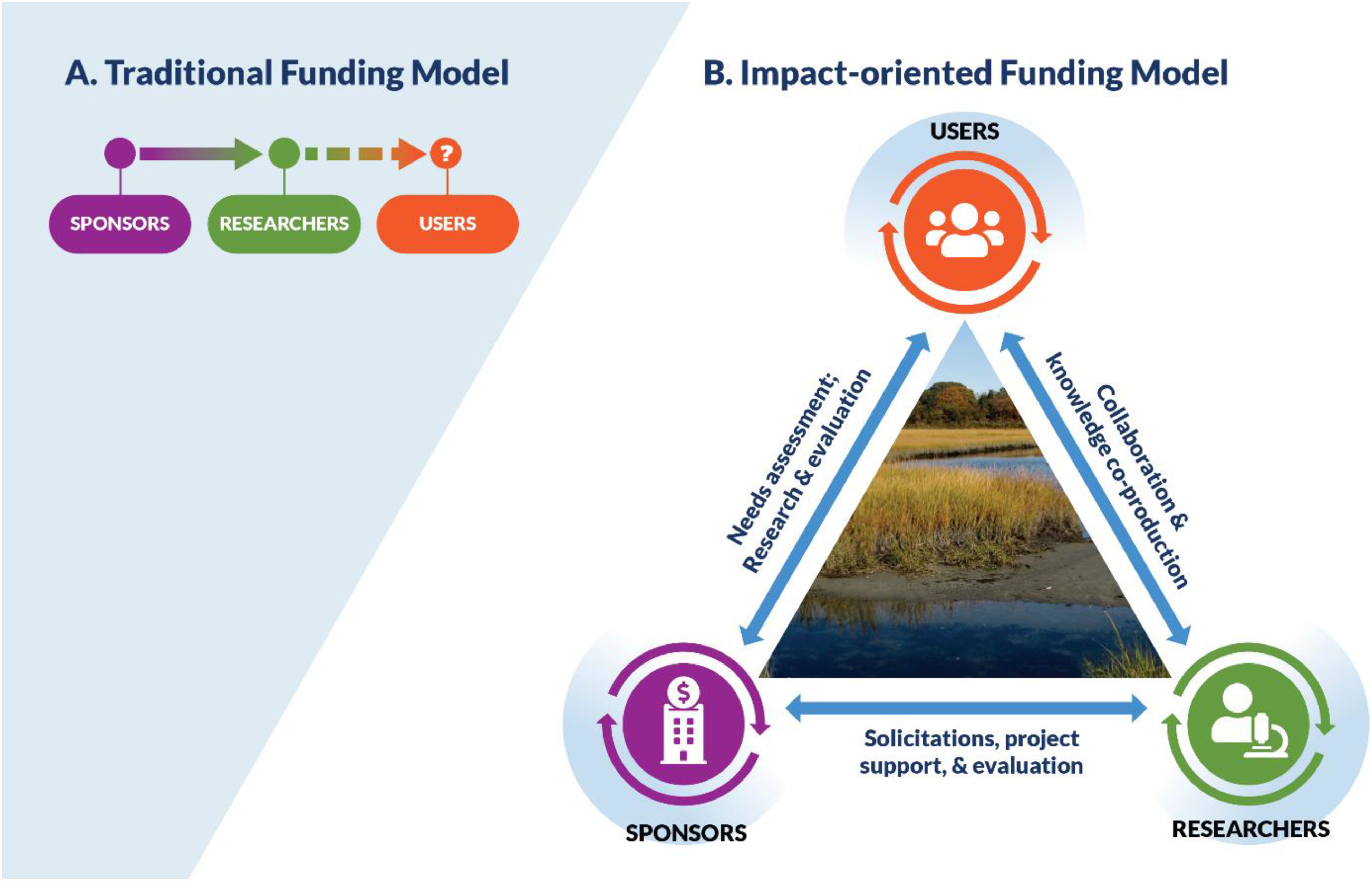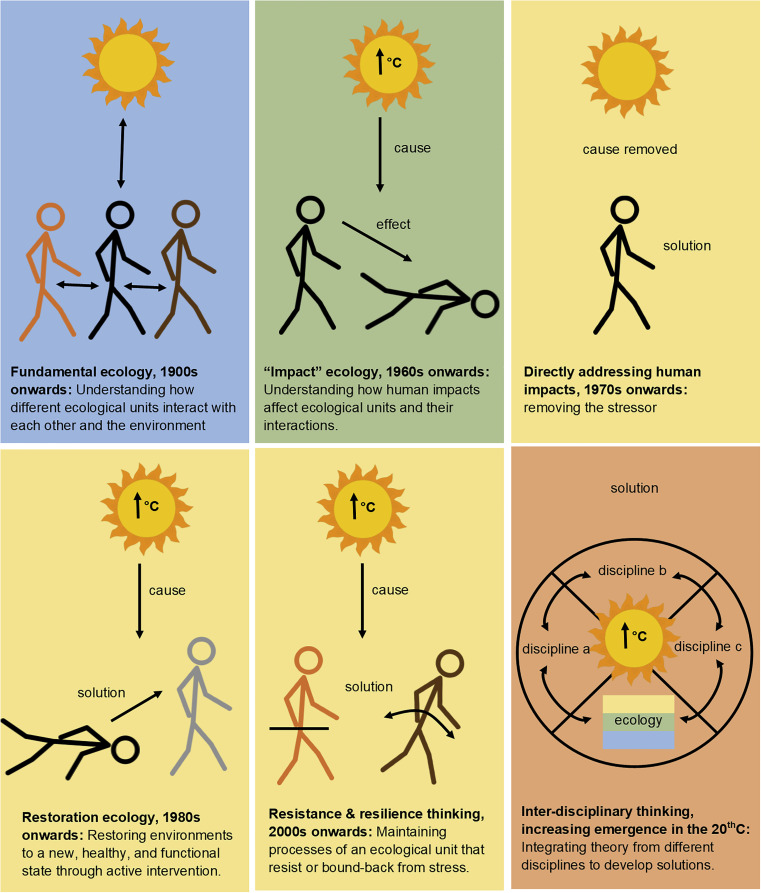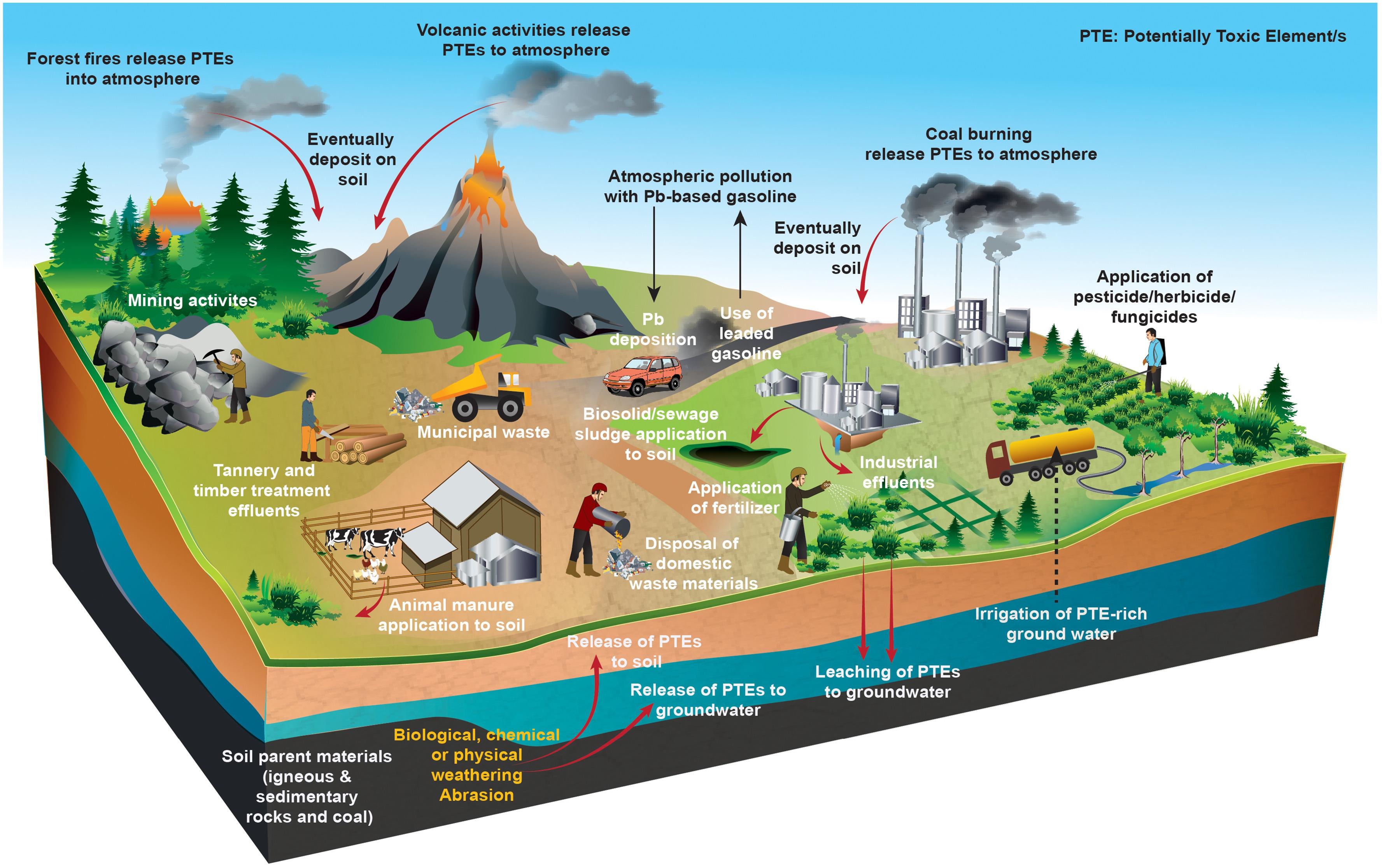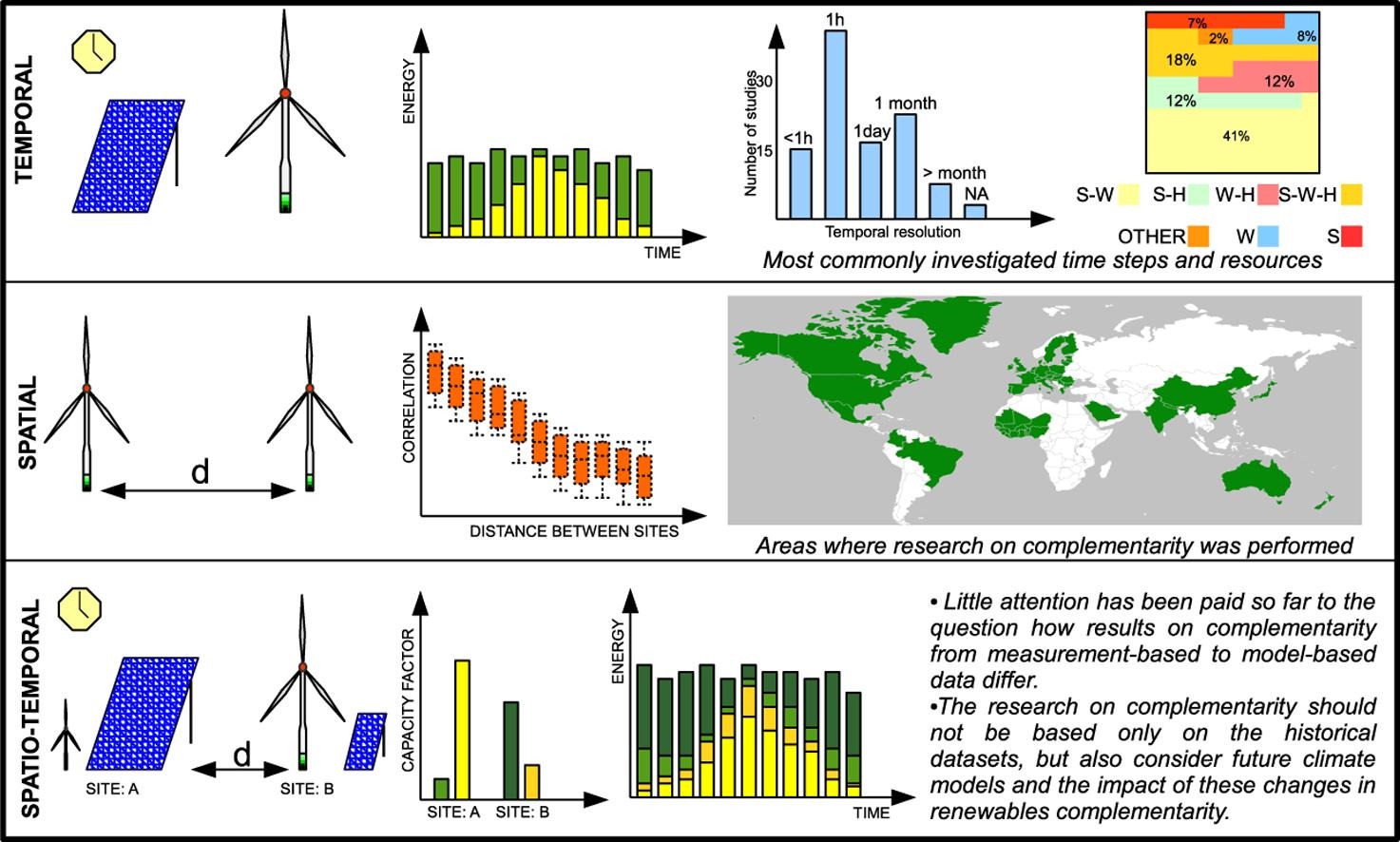Evidence-Based Guidelines for Prioritizing Investments to Meet International Conservation Objectives
Biodiversity is in rapid decline, largely driven by habitat loss and degradation. Protected area establishment and management are widely used to maintain habitats and species in perpetuity. Protected area extent has increased rapidly in recent years with area-based targets set within international conservation agreements such as the Convention on Biological Diversity's Aichi Target 11.
The recovery of resources from waste streams including food production plants can improve the overall sustainability of such processes from both economic and environmental points of view. This is because resource recovery solutions will be instrumental in overcoming the grand societal challenges in relation to the Water-Energy-Food (WEF) nexus in one of many aspects.
Is ecology, as a science, doing enough to address big environmental problems? Here, a review of the top 40 ecology journals suggests not. As ecologists, we have the opportunity to reinforce the relevancy of ecology to society through greater promotion and execution of solution-focused science.
There is widespread belief that meaningful interaction between scientists and practitioners, or co-production, increases use of scientific knowledge about sustainability and environmental change. Although funders are increasingly encouraging co-production, there have been few empirical studies assessing the outcomes of these efforts in shaping knowledge use. In this study, we systematically analyze research project reports (n = 120) and interview project participants (n = 40) funded by the U.S. National Estuarine Research Reserve System from 1998 to 2014 to support coastal management.
Is ecology, as a science, doing enough to address big environmental problems? Here, a review of the top 40 ecology journals suggests not. As ecologists, we have the opportunity to reinforce the relevancy of ecology to society through greater promotion and execution of solution-focused science.
Soil contamination by potentially toxic elements (PTEs) has led to adverse environmental impacts. In this review, we discussed remediation of PTEs contaminated soils through immobilization techniques using different soil amendments with respect to type of element, soil, and amendment, immobilization efficiency, underlying mechanisms, and field applicability. Soil amendments such as manure, compost, biochar, clay minerals, phosphate compounds, coal fly ash, and liming materials are widely used as immobilizing agents for PTEs.
While most curricula addressing violence and peace are developed in privileged contexts, this paper reconsiders existing approaches to peace education from the perspective of communities affected by high levels of violence. In-depth analysis of the educational goals and practices of teachers in Brazilian slums demonstrates how they construct different levels of resistance to violence despite contextual restrictions. Teachers combined a restrictive approach with an ethic of care to create peaceful alternatives, while making use of their community position.
We investigated emotional regulation of autobiographical memories in Alzheimer's disease (AD). AD patients and control participants were asked to retrieve memories in response to “happy” and “sad” cues. Participants were also asked to rate the emotional valence of memories at retrieval as well as at the moment the events were encoded. Results showed that both control participants and AD patients rated memories cued by “happy” as more positive when retrieved than when encoded.
Background: Evidences of infectious pathogens in Alzheimer's disease (AD) brains may suggest a deteriorated innate immune system in AD pathophysiology. We previously demonstrated reduced salivary lactoferrin (Lf) levels, one of the major antimicrobial proteins, in AD patients. Methods: To assess the clinical utility of salivary Lf for AD diagnosis, we examine the relationship between salivary Lf and cerebral amyloid-β (Aβ) load using amyloid-Positron-Emission Tomography (PET) neuroimaging, in two different cross-sectional cohorts including patients with different neurodegenerative disorders.
Global and regional trends indicate that energy demand will soon be covered by a widespread deployment of renewable energy sources. However, the weather and climate driven energy sources are characterized by a significant spatial and temporal variability. One of the commonly mentioned solutions to overcome the mismatch between demand and supply provided by renewable generation is a hybridization of two or more energy sources into a single power station (like wind-solar, solar-hydro or solar-wind-hydro).




